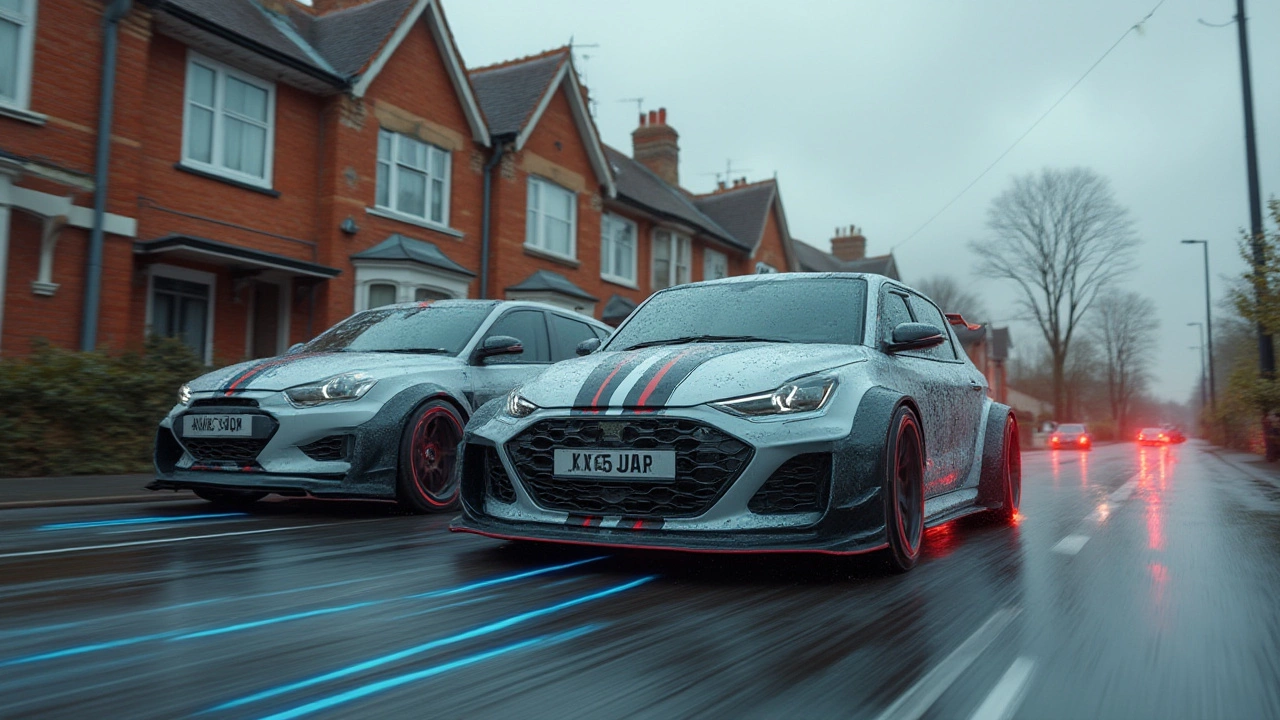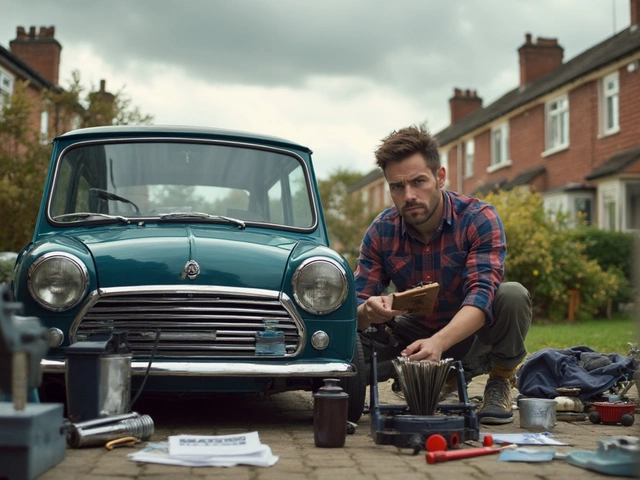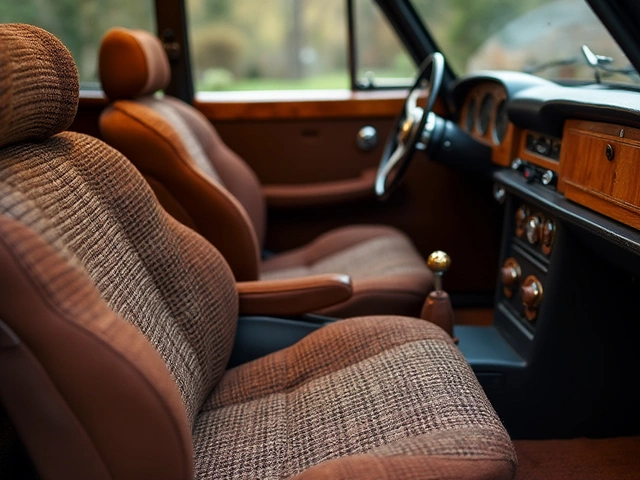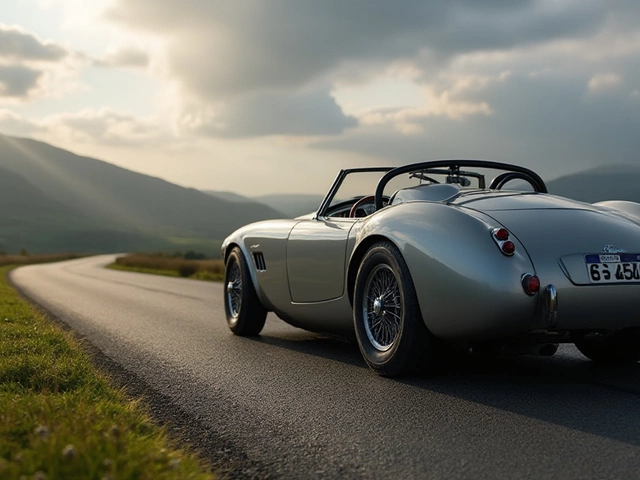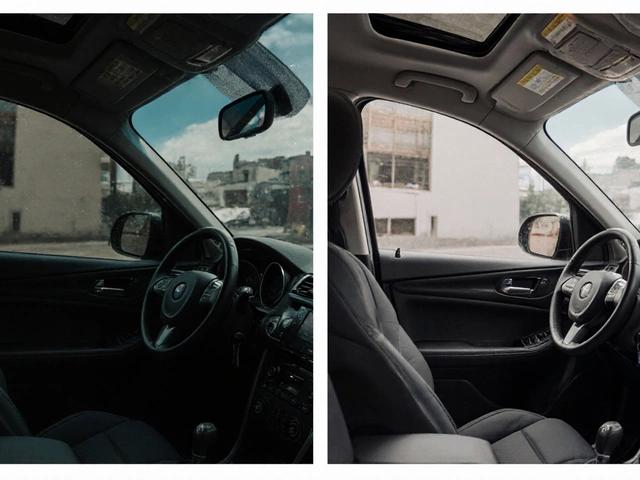Throw a body kit on almost any car and you've instantly changed more than its looks. The automotive world is full of stories about how bumpers and side skirts can make your ride faster or kill your MPG. But what’s hype, and what’s science? Let’s look beneath the surface (literally) of those slick fender flares and oversized wings and see what’s ticking under there.
The Physics Behind Body Kits: Aerodynamics and Beyond
Slip a factory Honda Civic next to one with a mean body kit. The visual difference is obvious — but what about the air? Here’s where things get interesting. Body kits, unlike simple cosmetic changes, can really mess with how air flows around your car. Some kits focus on aesthetics, but many are born from racing: wide fenders, splitters, rear diffusers, and spoilers aim to manipulate airflow, reduce drag, or increase downforce. More downforce means your tires grip the road better at high speeds; less drag can mean a faster top end and maybe a slight MPG boost. But it’s not all good news.
If you slap on a poorly designed kit — one just for looks — you might make things worse. Extra vents and scoops not backed by wind tunnel testing can create turbulence, whistling noises, or even add stress to spots your car wasn’t built to handle. In the early 2000s, tuner culture exploded, and suddenly everyone had a wing as wide as an ironing board. Only a handful of those kits made any real difference on the street. Race-bred kits, like those from APR or Varis, still rely on real aerodynamic data, often tested at tracks like Tsukuba or in CFD software. It’s not uncommon to see time attack builds shave seconds off lap times once better aero is bolted on.
Here’s a quick table comparing street vs race body kit outcomes, based on published track day stats and independent reviews:
| Kit Type | Reduction in Lap Time | MPG Effect | Downforce Increase |
|---|---|---|---|
| Race-tested Widebody | Up to 3.5s per lap (Tsukuba) | -2 to +1 MPG (speed dependent) | +10-20% at 100 mph |
| Generic Street Kit | No measurable gain | -1 to -3 MPG | May disrupt existing downforce |
So, the science is clear: body kits can alter performance, but it hinges on design. Smart choices count. If you just want looks, expect only cosmetic changes. If you want serious performance gains, shell out for something with proven aero benefits — and expect to pay several thousand dollars more for wind-tunnel-validated fiberglass or carbon.
Weight, Strength, and Materials: Not All Kits Are Created Equal
Ever opened a box from eBay and picked up a side skirt so light it almost feels like cardboard? Not all body kits come equal in the weight department. There’s fiberglass (light but brittle), polyurethane (tough but chunky), ABS plastic, and carbon fiber, which is the dream material if you can swing the price.
Weight matters. You hear it all the time in motorsport: “Adding weight slows you down.” A heavy kit can eat into your car’s acceleration and braking, and if it’s mounted wrong, shift the car’s center of gravity. The average aftermarket fiberglass kit adds about 20-40 lbs of extra plastic over stock panels, but the worst offenders — thick polyurethane bumpers or knockoff widebody sets — have tipped the scales over 70 lbs. Track-oriented kits, especially carbon fiber, often weigh less than factory parts. For example, the Seibon carbon GT-R front bumper is two-thirds the weight of the stocker while increasing air flow and downforce.
You’ll also want to think about strength and flexibility. We’ve all seen those cringe-inducing scrape videos from car meets. Fiberglass cracks easily, while urethane flexes and survives minor scuffs. But urethane’s extra weight can tip your handling balance — ever find the front of your car feels sluggish after an upgrade? That’s part of why professional kits aim for lightness and toughness. If daily driving involves speed bumps or rough roads, don’t go for brittle materials. Quality matters, not just for durability, but so things line up properly. Gaps and wobbly panels aren’t just ugly; they can mess up airflow and create drag.
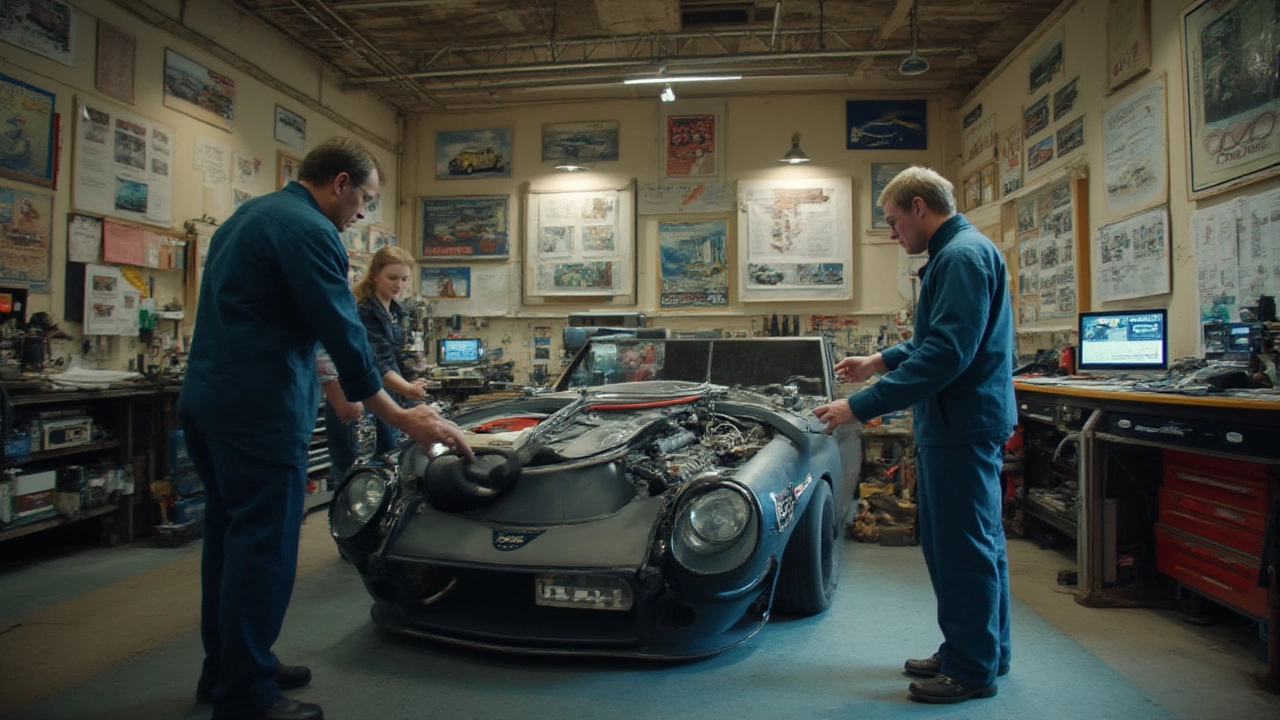
DIY Installation vs. Pro Shops: Does Fitment Affect Performance?
Ask anyone who’s been around the block with mods — fitting a body kit is never as simple as those YouTube videos make it look. A perfect fit isn’t just about looking good for the ‘gram; it directly affects how your kit performs. Body gaps, panel lift, and mismatched lines don’t just ruin the visual, they let air sneak in where it shouldn’t, raising drag and sometimes creating lift (never a good thing up front).
DIY kits can save you thousands, but unless you’ve got serious patience, a garage full of tools, and some fiberglass skills, expect frustration. Cheap kits often require major shaving or resin patching to fit correctly. Those ugly seams become real performance hogs at speed. If your goal is actual aero improvement (not just cool-car-at-the-coffee-shop vibes), you almost always need a pro shop to install it tight enough for wind to flow smoothly. A survey posted in Modified Magazine showed that 89% of readers who used professional installers reported better fitment and fewer headaches versus 52% of self-installed kits being described as “adequately aligned.”
It might feel like a blow to your wallet, but in many cities you’ll find that the best custom shops have direct experience with certain brands, and can adjust things like alignment, bumper brackets, and underpanels. Remember, air at highway speeds will find any crack or hole. Even a small gap at a bumper mounting point can whistle or produce a tiny low-pressure zone, changing handling subtly but noticeably during track days. If the kit doesn’t come with a solid undertray or proper mounting hardware, ask for an upgrade. That $80 you save on install can cost you track times and stress later.
Street Body Kits vs. Track Kits: What Makes a Real Difference?
Walk through any show or meet and you’ll see everything from wild, SEMA-level showpieces to functional JDM track builds. Not all body kits are made with the same intentions. Some keep daily driving comfort in mind; others focus on wringing out every last bit of aero performance, no matter the sacrifice.
Street kits usually prioritize curb appeal, using bolder shapes and fancier textures. They may offer subtle air channeling but rarely add genuine downforce or reduce drag. Track-focused kits are brutally functional — big splitters, aggressive canards, rear diffusers, and composite alloys designed from wind tunnel or CFD data. It’s no accident you’ll find these sorts of upgrades on competitive time attack and drift cars. In real-world tests, cars fitted with quality track kits have shown between 7-14% faster cornering speeds at the same tire grip. That’s a night-and-day difference. One wild example: the Voltex Cyber Evo, famous in Japan’s Super Lap Battle series, cut more than 2.5 seconds off the Tsukuba Circuit lap just with a properly dialed-in body kit and spoiler combination.
If you want something mostly for daily use, stick to modest lips, skirts, and no-massive-wings. Want real performance? Get dirty: invest in a kit made by a reputable manufacturer, ideally with published test data. Look for features like adjustable splitters, side skirts that hug frame rails, venting for brake cooling, and lightweight construction. Remember, big wings may look wild, but unless you’re hitting speeds of at least 80 mph, you won’t see much benefit beyond style.

How to Maximize the Benefits: Tips, Tricks, and Real-World Advice
If you’re ready to take the plunge, keep some street-smart rules in mind:
- Pick a kit with proven wind tunnel or CFD data, especially for high-speed or track use.
- Consider weight: carbon fiber beats fiberglass for function, while polyurethane is best for daily durability but heaviest overall.
- Fitment is king. Measure twice, maybe even three times, before drilling or cutting anything. If you’re unsure, pay for a pro install.
- Check your local laws. Some jurisdictions ban or heavily restrict oversized wings or modified bumpers, especially those that stick out beyond factory lines.
- Balance is critical: a big front splitter with no rear wing may actually hurt stability at speed. Kits designed as a system are much safer bets.
- Invest in quality mounting hardware. Loose panels sap performance and can become dangerous debris at speed.
- Regularly inspect kit components for cracks, loose bolts, or warping, especially after spirited drives or rough weather.
At the end of the day, the secret isn’t just slapping something on and hoping for the best. Be smart. Choose a kit that fits your goals and driving style, and treat installation like a performance upgrade, not a quick fix. If you get it right, a good body kit can transform not just your car’s looks but its very soul on the road or track.

